Ideal greenhouse cucumber varieties: how to choose
Growing cucumbers in a greenhouse seems more convenient than in the open field: vegetables do not suffer from inconsistent weather, they ripen faster. However, in order for the harvest to be as plentiful and tasty as possible, it is worth picking up certain varieties of cucumbers. Do not forget about the rules for caring for greenhouse vegetables: they are slightly different from the agricultural techniques of street planting.
What should be greenhouse cucumbers
The conditions and requirements for the care of plants in the open field and in the greenhouse differ. To achieve the best performance, a specific variety should be selected.
What cucumbers grow well in greenhouse conditions:
- The priority is hybrids, not varieties. Such forms are characterized by limited growth of lashes. Excessive bushiness only harms greenhouse plantings: the gardener will have to devote more time pinching, as overgrown bushes will bear fruit poorly and shade each other. In the greenhouse, access to light is somewhat limited, so plants with poorly developed lateral shoots are better suited than bushy ones. Another advantage of hybrids is that their shape avoids outbreaks of fungal diseases.
- The second recommendation concerns the method of pollination of cucumbers. Early plantings in cold regions are deprived of the opportunity to be pollinated by insects due to the cold, and the access of pollinators to the greenhouse is limited. Therefore, for growing in a greenhouse, preference is given to self-pollinated and parthenocarpic types.
- When choosing a hybrid or variety, pay attention to the susceptibility to all kinds of diseases, as well as sharp temperature fluctuations, lack of light and excess moisture. Greenhouse conditions promote rapid fungal infection, especially if the rules of care are violated.
Besides the fact that cucumbers need to do well in a greenhouse, they also need to be suitable for the purpose for which they are grown. Therefore, a variety or hybrid is chosen depending on what they plan to do with the crop:
- salad varieties and hybrids - for fresh consumption, have a dense peel, white thorns and fragrant pulp;
- for conservation - covered with brown tubercles, have a thin peel, due to which the pulp is well saturated with brine;
- universal - good for both blanks and salads.
The choice should also be based on the desired harvest time:
- Early ripe cucumbers - the first crop can be removed within a month after germination.
- Mid-season - for 40-50 days.
- Late ripening - you can pick cucumbers from about 55 days.
Advice! To harvest greenhouse cucumbers throughout the season, try planting several varieties at different ripening times in your greenhouse.
The choice of variety also depends on the greenhouse itself. Most plants do well in polycarbonate structures. If the greenhouse is film, then it is better to pick up cold-resistant cucumbers.
Early maturing varieties
Owners of plots in the northern regions and in the middle lane should give preference to seeds of early varieties and hybrids.
Among them are the following:
- Suomi F hybrid The variety is super early ripe, yields a harvest already on the 38th day after planting in the greenhouse. It tolerates cold well.
- Sarovskiy F1 - early ripening cucumbers, resistant to frost, form ovaries at low temperatures, therefore they are ideal for northern regions.
- Valaam F1 - small cucumbers up to 5-6 cm. Parthenocarpic variety - does not require pollination, super early ripe - harvesting of fruits begins from the 38th day. The skin is hard, covered with a waxy coating, the pulp is juicy, without bitterness.The bush is powerful, lateral shoots develop inactively. It is very resistant to temperature extremes, fungal diseases. Cucumbers are versatile - they are salted and in fresh salads.
- Ceres F1 - a hybrid with large salad-type fruits. Differs in high productivity - 20-25 kg from 1 m2.
Top mid-ripening and late-ripening cucumbers
In the southern regions, it is better to plant mid-ripening and late-ripening varieties of cucumbers. Although they take longer to fill, their yields are sometimes significantly higher than those of early maturing samples. From 1 m2 with greenhouse cultivation, up to 25 kg of mid-ripening and up to 30 kg of late-ripening are harvested. So to the question, which variety is the most productive, you can safely answer: late!
What cucumbers to plant in a warm climate:
- F1 White Angel - mid-season hybrid of a cucumber, fruits ripen by the 50th day. The peel is light, the length of the fruit is up to 7 cm. Suitable for preservation, looks beautiful in jars along with ordinary green varieties.
- Hercules F1 - one of the most delicious salad varieties. The crop is harvested from the 62nd day after germination. Fruits up to 15 cm. The late-ripening hybrid is resistant to fungal infections.
- Universal hybrid garland - medium fruits up to 12 cm with excellent taste. Good fruiting is noted both in the southern regions and in colder regions.
Self-pollinated and parthenocarpic species
These species are united by the fact that they do not require insects for pollination. But there is a significant difference between them: for parthenocarpic plants, pollination is not necessary at all, ovaries are formed in any case, and the fruits do not have seeds for further reproduction.
Self-pollinated cucumbers in one flower have both a pistil and a stamen, therefore they pollinate themselves. Both are ideal for greenhouse conditions. It is recommended to help self-pollinators a little - shake them by the stem to distribute the pollen. Due to the lack of drafts in the greenhouse, the self-pollination process is often inhibited.
Which parthenocarpic cucumbers can be planted in a greenhouse:
- Dynamite F1 gives a universal type of fruit. Early ripe - the harvest is harvested from the 40th day after germination. The length of the vegetable is 12-14 cm. Extremely high yield. Not limited in growth and rather climbing, therefore requires a spacious greenhouse.
- Son-in-law F1 - another parthenocarpic hybrid with an early maturity (43-45 days). Lettuce fruits, without bitterness, length - 10-12 cm. Fruiting is stable, up to 7 kg per bush.
- Herman F1 - an early hybrid, the fruits are ready to pluck them from the bush, on the 40-45th day. Quite hardy plant, withstands lower temperatures. The length of the cucumber is 10-12 cm, the flesh is not bitter. Cucumbers are considered versatile. Herman is one of the leaders in yield. Up to 25 kg of vegetables are harvested from one square meter.
- Masha F1 - early-ripening gherkin-type cucumbers popular on Russian sites. The harvest of small fruits is abundant. The longest gherkin reaches 11 cm, the flesh is sweet and crunchy. Masha is the leader in conservation.
- Anyuta F1 - early parthenocarpic for salting. Small cucumbers - up to 11 cm. From 1 m2 collect up to 10-13 kg.
Well-proven self-pollinated cucumbers:
- Zozulya F1 - an early ripe sample, cucumbers are edible already 45 days after germination. The length of the fruit is from 14 to 22 cm. The skin is thin, which makes the cucumbers suitable for all kinds of preservation and pickling, especially tasty after pickling in a barrel. The hybrid grows and bears fruit equally well in the greenhouse and in the garden. Resistant to a number of fungal diseases.
- Courage F1 - mid-season greenhouse cucumbers, which are poured on the 55th day. Flesh without bitterness, with small seeds, suitable for salads. The bush is easy to care for. Grown both in the greenhouse and in the garden. High-yielding variety.
How to choose seeds: useful tips
How to choose the best cucumber seeds for your greenhouse, here are some useful tips from gardeners:
- The high yield of hybrids, along with unpretentiousness and resistance to adverse factors, is the main reason for choosing such cucumbers for greenhouse maintenance. These seeds are easily recognized by the F1 marking.
- When choosing several varieties for one greenhouse, you should pay attention to the general growing conditions.
- The best seed is from the region where it will germinate. Seeds from Europe intended for warm climates are unlikely to yield a good harvest in Siberian conditions.
- Pay attention to the data on the seed packaging: the manufacturer indicates the care requirements and ripening times.
- It is good if a ripe cucumber is drawn on the bag in order to determine its purpose in appearance: salad, for preservation, or universal.
- Don't buy seeds in questionable places: they may not emerge or contain an infection. A sign of counterfeiting is a nondescript seal on the package or the absence of any inscriptions. Reliable material - with clear instructions and vivid images. Be sure to look for the company logo and seal with a seed sale period (no more than 3 years).
Cucumbers for a greenhouse are selected according to many parameters, but the best guideline will be the taste preference of the gardener. If the vegetable harvest is plentiful, the fruits are juicy and fragrant, instantly scatter for fresh salads and preservation, then you have found your variety.
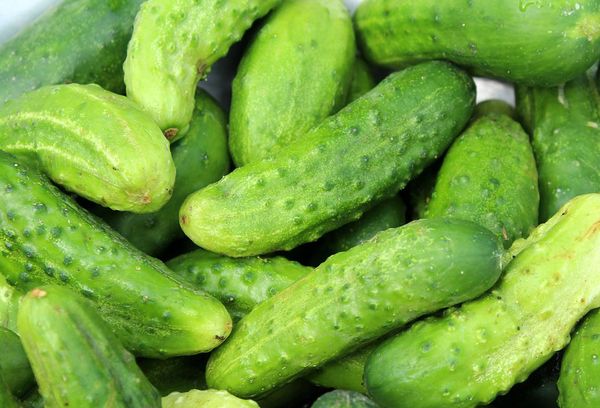

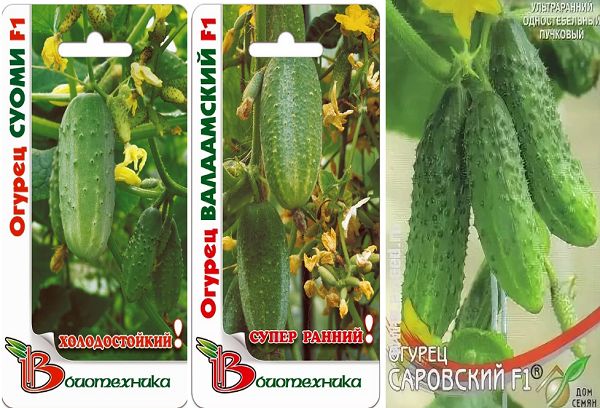
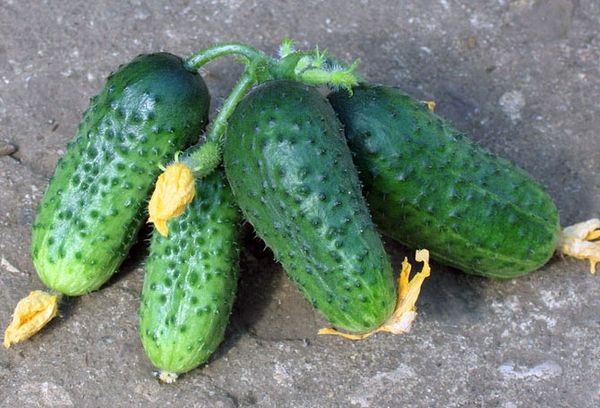
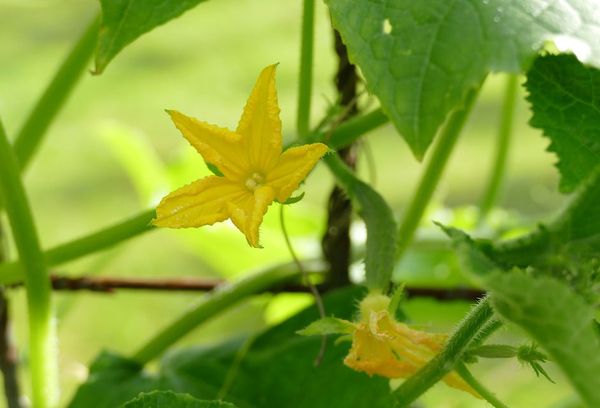
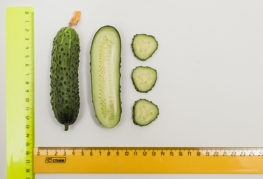
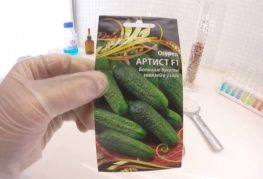


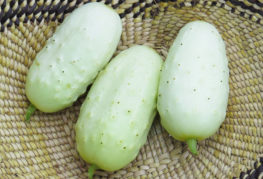

and will be published shortly.